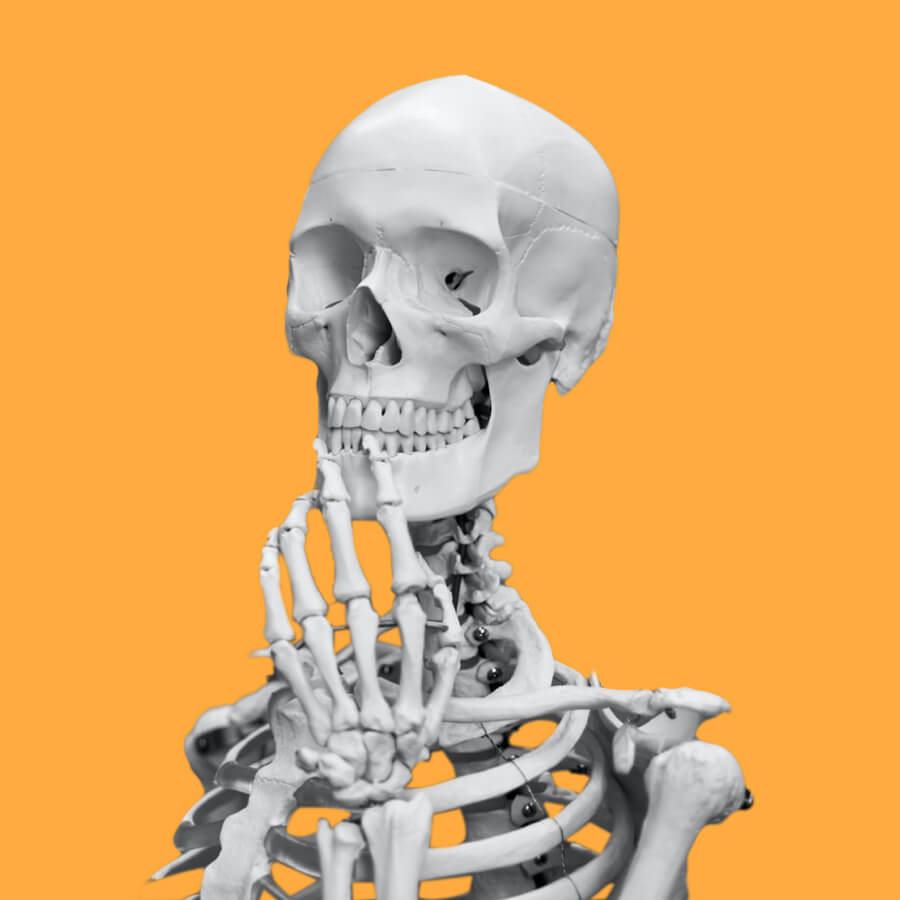Zolile Maseko
Postdoctoral Fellow
Botany Department
Rhodes University/ Albany Museum

Biography
Zolile is an entomologist with a keen interest in plant-insect associations as well as biostatistics. My current research focus is on investigating plant-insect interactions in deep time. Much focus will be placed on the application of robust statistical methods to elucidate the extent of the plant-insect associations in the Permian. When I am not in the lab or field, I mostly conduct further experiments in the kitchen as I do some baking.
Disciplines
Plant-insect interactions, insect population and molecular ecology, citizen science, biostatistics.
Fields of study
Glossopteris trees formed the major element in most Gondwanan ecosystems during the Permian and thus provided habitat for a variety of fauna. In this project, we investigate the associations found between Glossopteris and various arthropods within this ecosystem, especially in the middle Permian, within the Karoo Basin of South Africa. The study encompasses four sites, two in the Eastern Cape, and two in the Northern Cape. Previous studies in the Karoo Basin have focussed on insect assemblages and their interactions with flora within the late Triassic period, and middle Permian insect assemblages and plant associations are particularly poorly understood. The use of quantitative analysis, which is often lacking in palaeosciences in South Africa, shall be extensively employed to understand the extent of these associations. Insect assemblages shall be reconstructed to understand the possible insect community during that period, and this shall be linked to the damage types observed on the plant leaves. Damage types shall be identified and grouped into functional feeding groups, with the diversity of damage types quantified. The severity or extent of the damage observed shall be used as a proxy for the strength of these associations. Comparisons of the possible interactions shall be made between the four sites to reveal any spatial differences or correlations in the associations. Statistical data analyses shall be extensively used to draw more solid conclusions while complimenting the traditional descriptive approach to data presentation and analysis.
